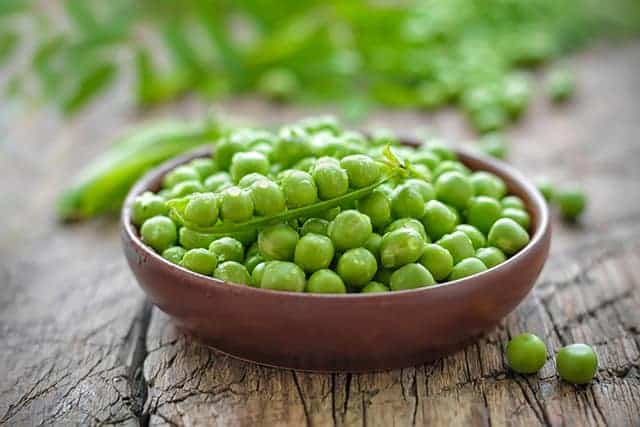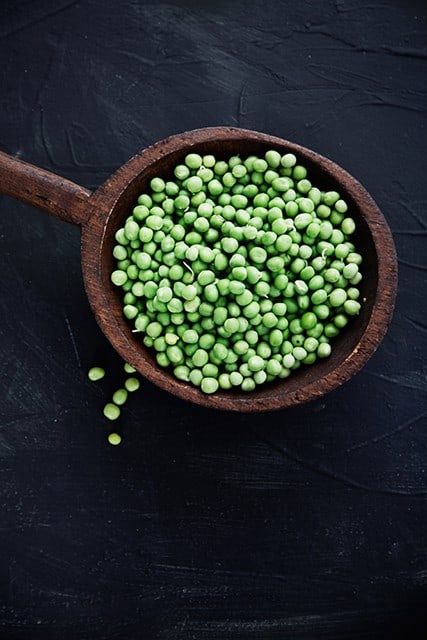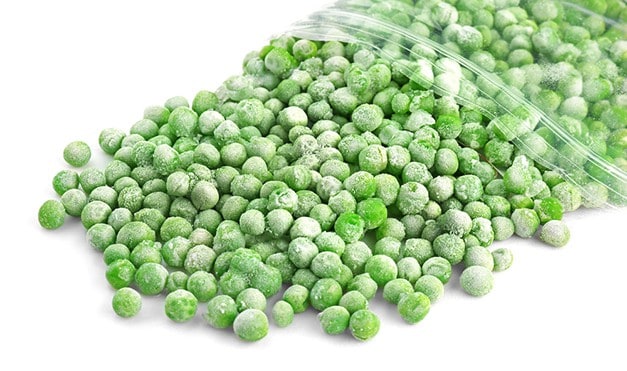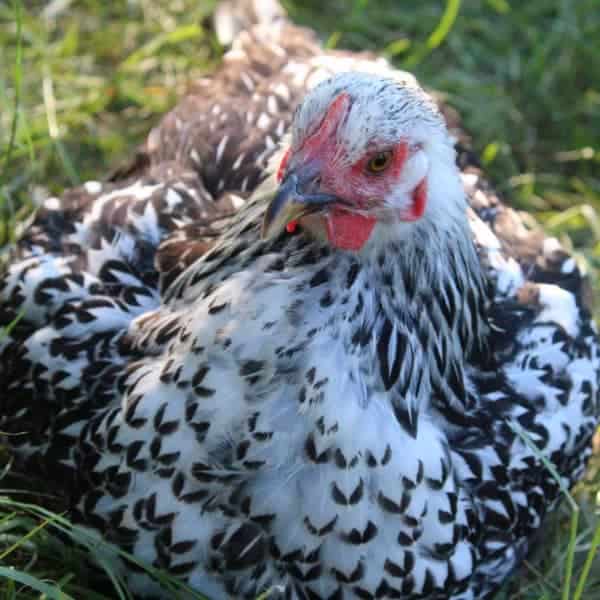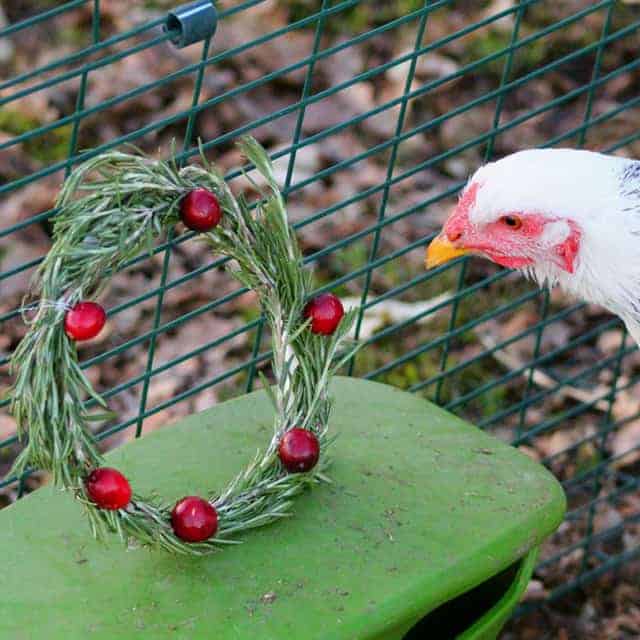Table of Contents (Quickly Jump To Information)
June is one of my favorite months. Summer is just getting started and the gardening season is just beginning. I LOVE eating fresh fruits and vegetables that are grown locally.
One of my favorite things about June is that peas are just coming into season! I LOVE peas! They’re SOOO good fresh and they are one of my favorite snacks to munch on.
I love peas, but I also think it’s super important to eat foods that are grown locally. And unfortunately where I live peas don’t grow year round. In fact, normally June is the only month I can find fresh peas in my area! Although you can plant peas in June for a late summer harvest, I want peas all year round!
Over the years I’ve learned some different ways that you can preserve peas, so that you can have yummy, locally grown peas all year round and I’d love to share them with you!
Personally, I prefer to freeze my peas. Canning is great for other vegetables, but the thought of canned peas makes me gag. Yuck. If you’re a canning fan check out my step by step guide for canning vegetables. But personally, canned peas just aren’t for me.
I also think that freezing peas helps preserve their flavor and in my experience they taste almost as good as fresh peas! Plus frozen peas are my go to vegetable for dinner time, so why not make sure they’re locally grown peas?
One of the first things that you need to do in order to preserve peas is to pick out good, ripe peas.
When you go to the farmers market or if you’re picking peas to preserve at home, you need to choose peas that are ready so that you get the best flavor for your frozen peas. I look for peas that are a bright green color. I also feel the pods to see if the peas inside feel round. If they’re not round and the pod feels a bit empty then that pea is under ripe. If the pod feels full and tight and the peas inside seem to be crowding each other then those peas could be over ripe.
In my experience it takes a little bit of trial and error to figure it out. While over or under ripe peas might still taste good fresh, they’re not going to taste very good once they’re frozen, so try and get peas that are just right.
After you pick your peas, you need to shell them.
Growing up this was a go to family activity in late June. We would spread out a huge blanket and shell peas together, so that we could freeze them the next day. As kids we probably ate more peas than we shelled, but it was a fun family event that we loved.
Nowadays, if you’re lazy like me, you can buy already shelled peas. I know, I know. I’m lazy. But the farmer who lives down the road from me has a giant machine that shells peas as they are picked, and so I like to take advantage of the modern technology;)
After your peas are shelled, rinse them in cold water. I normally put them in a large bowl and run water over them to try and get any leftover dirt, leaves etc. off that might be still hanging around.
Now here’s the tricky part. There’s a lot of debate about whether or not your should blanch your peas before freezing them.
Honestly, I’ve frozen them without blanching them and I’ve blanched them as well. And I’ve had good experiences with doing both. However, from my research I’ve learned that freezing peas without blanching them can lead to mushy and tasteless peas after they’ve been in the freezer for several months. That hasn’t been my experience, but here’s what I recommend. If you are planning on keeping the peas in your freezer for more than a couple of months you should blanch them just to be safe.
There’s nothing worse than freezing peas, only for them to be ruined a couple of months down the road.
If you’re planning on eating your frozen peas relatively quickly (within a few months) you’re probably ok to freeze them without blanching them. But you are going to run a little bit of a risk of them getting ruined faster than normal. So keep that in mind!
I’ve done both. And I’ve had good experiences with both, but I would recommend that you blanch your peas if you plan on storing them for longer. It does take a little bit more time, but it’s worth it if your peas last longer in the freezer.
If you’re going to blanch your peas here’s what you need to do.
I get a huge pot (like this one) and put it on the oven to heat up. Once the water starts boiling I put my peas in the boiling water. Make sure you don’t put too many peas in the pot! They won’t cook correctly if there’s too many in there, so make sure you don’t put in too many peas at a time.
Next, wait until the water returns to a boil and then set a timer for about a minute to a minute and a half. Once it’s been a minute and a half, immediately take the peas out of the pot and place them in ice water. This cools the peas down and prevents them from getting overcooked!
I suggest you leave the peas in the water for about 10 minutes or until the peas are fully cooled. I then strain them and then spread them out on a cookie sheet.
I freeze my peas on a cookie sheet first because then they are individually frozen which makes it much easier to get them out later on. If you freeze them this way you can go to the freezer and get small scoops of peas instead of having to thaw an entire bag.
Place your cookie sheet in the freezer for about 3 hours and then scrape the peas off. I then put them into gallon or quart sized freezer bags and put them back in the freezer!
Make sure you get as much air as possible out of the bag before you close it up! And I always recommend that you label your bag with the date that you originally put them in. Frozen peas are good in the freezer for 8 months to a year. One of my favorite resources is eatbydate.com. You can use this website to determine how long your food is good for depending on how it’s stored! So keep track of how long you have been storing your food, so that you don’t risk getting sick from bad food!
Do you freeze peas? I’d love to hear about how you do it! Do you have tricks to make it easier? Let me know about them in the comments below!
Maat van Uitert is a backyard chicken and sustainable living expert. She is also the author of Chickens: Naturally Raising A Sustainable Flock, which was a best seller in it’s Amazon category. Maat has been featured on NBC, CBS, AOL Finance, Community Chickens, the Huffington Post, Chickens magazine, Backyard Poultry, and Countryside Magazine. She lives on her farm in Southeast Missouri with her husband, two children, and about a million chickens and ducks. You can follow Maat on Facebook here and Instagram here.

